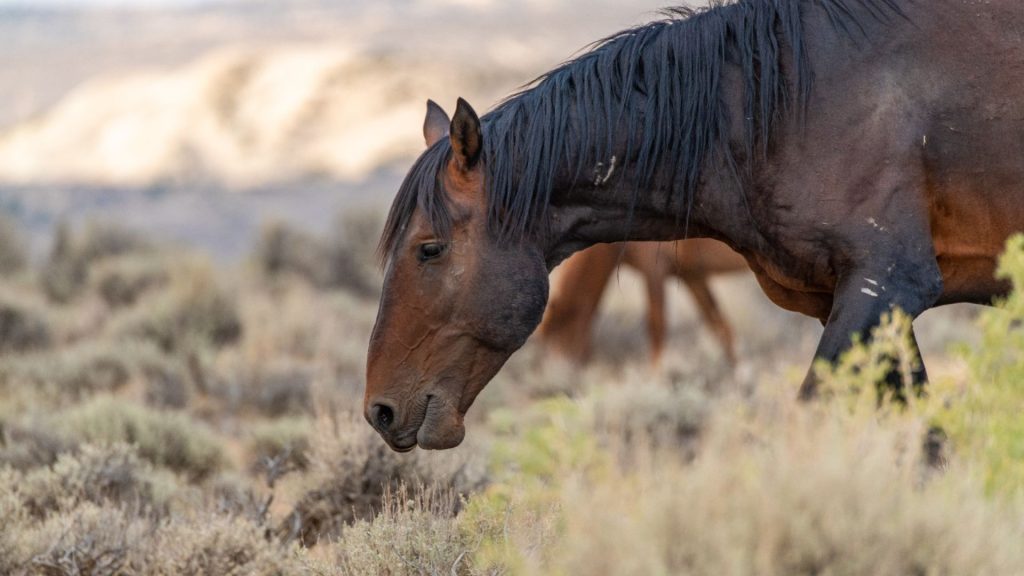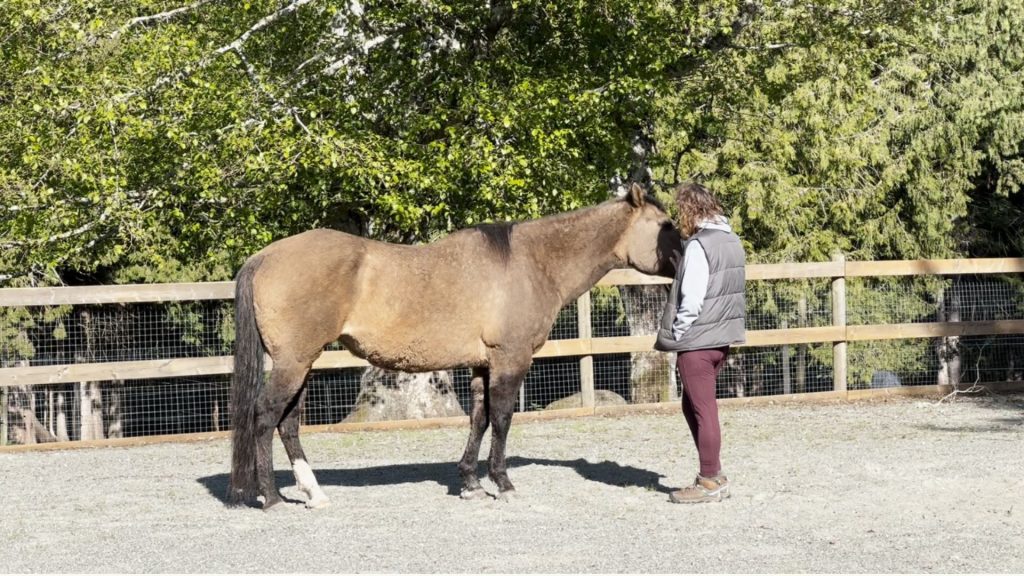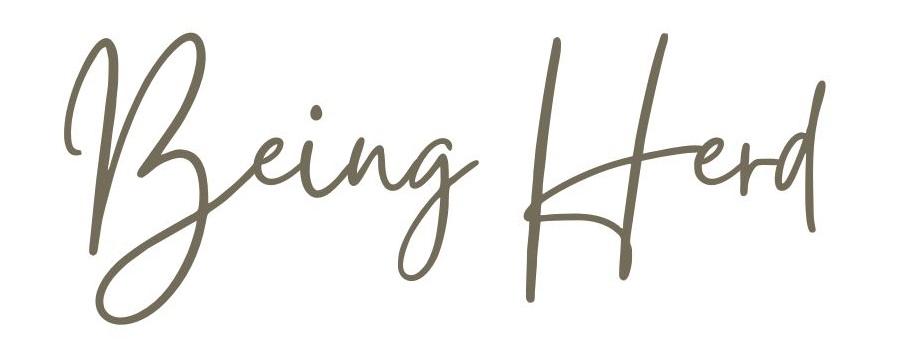🔹 Introduction: The Return of Fear-Based Leadership
We’ve come so far. For years, the tide was shifting—away from fear-based leadership and dominance, away from control, and toward a leadership model based on trust and collaboration. More and more people began using trust-based communication with horses, recognizing that true leadership isn’t about forcing submission, but about offering clarity, security, and true choice.
But now, the winds are changing.
We are witnessing a global resurgence of authoritarian thinking, both in politics and in the way, people relate to power. In the U.S., the Trump government’s tactics of threats, intimidation, and mockery are shaping not just policy, but how people think about leadership. When fear and control dominate a society, they don’t stay in politics—they seep into everyday life, including how people handle their horses.
Suddenly, the dominance-based mindset is making a comeback. “Show your horse who’s boss.” “If you give them an inch, they’ll take a mile.” It’s creeping back into mainstream conversations, fueled by the same logic that governs authoritarian regimes: strength means control, empathy is weakness, and force is the only way to maintain order.
But we know better. Nature itself contradicts this ideology. And if we want to protect the progress we’ve made—not just for our horses, but for ourselves—now is the time to stand firm.
Because: History has truly proven Gandhi’s words to be true: First, they ignore you. Then, they ridicule you. Then, they fight you. And then? We win.
🔹 The Trump Era: How Fear-Based Leadership and Dominance Shape Behavior
When Donald Trump declared, “The one who saves the country doesn’t break any law,” he wasn’t just bending the truth—he was rewriting the rules entirely. The message was clear: Power justifies anything. Laws, morality, and accountability don’t matter if you are “strong” enough to override them.
This is the foundation of authoritarian leadership:
✔ Threaten those who don’t comply (tariffs, funding cuts, political retaliation).
✔ Intimidate the vulnerable (sending detained immigrants to prisons in El Salvador).
✔ Mock and ridicule to weaken opposition (calling Trudeau “governor,” laughing at tied-up migrants).
It’s not just about politics—it’s about shaping behavior. Studies on fear-based politics show that when uncertainty increases, people are more likely to support authoritarian leaders who promise strength and control—even at the cost of trust and collaboration.

Fear-Based Leadership in Action
Authoritarian leaders don’t just want obedience. They want submission. They don’t convince, they coerce. They don’t invite trust, they demand compliance.
We see the same tactics in outdated horse training methods:
🐴 Threats – “If you don’t move their feet, they’ll dominate you.”
🐴 Intimidation – “Make sure they know who’s in charge, or they’ll walk all over you.”
🐴 Mockery – “You’re too soft! Your horse doesn’t respect you.”
It’s the same fear-based conditioning—only this time, it’s happening in the arena instead of the political stage.
And it’s no surprise that Elon Musk—now the head of DOGE and an increasingly influential political voice—recently said that “empathy is the weakness of Western civilization.”
This isn’t just rhetoric. It’s a cultural shift away from connection and toward control.
The idea that force equals strength, and empathy equals weakness is deeply ingrained in authoritarian ideology. And just like in politics, when this thinking gains traction in the horse world, it leads to a backslide into dominance, punishment, and fear-based training.
But here’s the truth:
Authoritarianism doesn’t create trust—it creates submission through fear.
It doesn’t create stability—it creates compliance under pressure.
And it doesn’t create real leadership—it creates control at any cost.
We have to ask ourselves: Is this the kind of leadership we want—for our horses, or for ourselves? Because if we allow fear and intimidation to become the norm again, we risk losing decades of progress in both democracy and horse training.
And the alternative? A different kind of leadership—one rooted in trust, collaboration, and quiet strength.
🔹 How This Affects Horse Training: Why Dominance Appeals in Unstable Times
When the world feels unpredictable, people crave certainty.
We see it in politics: When fear spreads, authoritarian leaders rise by offering simple, forceful solutions—even if those solutions are built on coercion and intimidation.
And we see it in horse training, too.
For decades, horse training has been shifting away from dominance and toward partnership and trust. Scientific studies, direct observations of wild horses, and real-life success stories have shown that horses don’t need to be forced into submission to be safe, willing partners.
But now, as fear-based leadership resurges in politics, the old ways of handling horses are creeping back in. Suddenly, dominance trainers are gaining traction again—with their loud voices, their strict rules, their “you have to make them respect you” mentality.

Why?
Because when people feel uncertain, they turn to control. They reach for clear, black-and-white rules—even if those rules are outdated and based on flawed thinking.
They believe that force creates order—even when it actually creates stress, fear, and resistance. And they seek strong, confident voices—even when those voices are only loud because they drown out dissent.
It’s easier to believe, “If I just make my horse submit, everything will be fine,” than to acknowledge the deeper truth:
❌ A horse that obeys out of fear isn’t truly with you.
❌ A horse that complies under pressure isn’t connected to you.
❌ And a horse that doesn’t trust you will never be your partner—only your prisoner.
This resurgence of dominance-based methods isn’t happening in isolation. It’s part of a larger cultural shift—one that tells people that force is strength, that control is safety, and that compassion is weakness.
But nature tells a different story.
🔹 But Nature Says Otherwise: The Power of Collaboration
The dominant narrative—whether in politics or horse training—suggests that power means control. That the strongest leaders are the ones who impose their will on others.
But that’s not how nature actually works.
If force were the best survival strategy, wild stallions would rule like dictators, keeping their herds in line through fear. Yet, in reality, their leadership is built on trust, not control.
Wild Horses Survive Because They Collaborate
🟢 Stallions don’t rule by fear—they lead by trust.
🟢 Mares don’t “submit” to the stallion—they collaborate in decision-making.
🟢 Horses don’t just function within one herd—they interact and cooperate with multiple herds, ensuring long-term survival.
Even among bachelor stallions—young males who have left their birth herds—fights are rare. They form alliances, they practice social skills, and they learn leadership—not through beating each other into submission, but through observation, experience, and earned respect.

And yet, here we are—humans, supposedly the most intelligent species—clinging to the belief that force and intimidation are the only way to lead.
Collaboration Is Not Just a Human Strength—It’s a Survival Strategy
We didn’t survive as a species because we dominated each other.
We didn’t thrive because we forced submission.
We thrived because we worked together.
Just like horses.
And yet, the loudest voices—whether in government or the horse world—keep pushing a different story. They tell us that trust is naïve, that softness is weakness, and that domination is the only way to lead.
But true leadership—both in nature and in human relationships—is about creating an environment where others want to follow.
Not because they fear what will happen if they don’t.
Not because they are left with no other choice.
But because they trust that leadership to keep them safe.
🔹 The Tolerance Paradox: Why We Can’t Stay Silent
It’s tempting to think, “Let them train how they want; I’ll train how I want.” After all, isn’t tolerance about allowing different approaches? But history—and psychology—tell us something different.
There’s a concept called the Tolerance Paradox, which says:
👉 If we are endlessly tolerant of intolerance, intolerance wins.
If we let dominance-based trainers continue to promote fear, force, and submission without challenging them… those ideas don’t just survive. They spread.
And suddenly, the world shifts backward.
Suddenly, trust-based training is seen as “weak” again.
Suddenly, fear-based methods become the norm again.
This is why staying silent isn’t an option.
✔ We don’t need to fight—but we do need to stand firm.
✔ We don’t need to attack—but we do need to educate.
✔ We don’t need to control others—but we do need to make sure they don’t control the narrative.
Because every time someone speaks up for trust-based training, it becomes stronger.
And when we refuse to tolerate the spread of outdated, fear-based methods, we protect not just our horses—but the entire future of horse training itself.
🔹 Be the Counterforce: Why It’s More Important Than Ever to Stay Gentle
When you look around, it’s easy to feel discouraged.
You see dominance creeping back into the mainstream—both in politics and in how people relate to their horses. You hear the voices getting louder, preaching control, intimidation, and submission. And you might wonder:
Are we going backwards?
But here’s the truth: No movement is ever truly linear.
Every time the world shifts toward progress—toward collaboration, trust, and understanding—there is always a backlash. Those who have benefited from the old ways fight to hold on. They ridicule first, trying to make you doubt yourself. Then they try to intimidate you into silence.
And then? We win.
Because here’s the thing about gentleness:
It’s not weakness.
It’s not passivity.
It’s not a lack of leadership.
Gentleness is strength.
It’s the kind of strength that doesn’t need to scream to be heard. The kind that doesn’t need to force submission to gain trust. The kind that builds true, lasting partnerships—whether in human relationships, in politics, or with horses.
So what can you do?
Be the Counterforce
If you’re already building trust with your horse through natural leadership, keep going. Your horse feels the difference. And if your horse feels it, so do others who watch you.
But now is the time to do more than just practice it. Now is the time to stand up for it.
✔ Be a role model. Let your horse’s trust be proof that there is another way.
✔ Speak up. Don’t let dominance-based thinking spread unchallenged.
✔ Educate, but wisely. Don’t argue—inspire. Show them the results, not just the theory.
✔ Support those who are ready to listen. The shift doesn’t come from fighting—it comes from showing what’s possible.
Because make no mistake—this shift is happening. More and more people are waking up to the flaws in dominance-based training. More and more people are seeing that collaboration—not force—is the real key to connection.
We Don’t Just Fight Back—We Build Something Better
History shows that authoritarian thinking collapses under its own weight. It fights to stay alive, but in the end, it loses—because it’s built on fear, not truth.
The same applies to how we relate to horses.
Dominance-based training is losing its hold, but not without a fight. The old voices will get louder before they finally fade.
That’s why it’s more important than ever to stay firm in your approach. Not just for your horse, but for the culture of horse training itself.
Because one day—sooner than you think—the dominance-based trainers will be the outliers. The ones who clung to fear. The ones who ignored what nature itself has always shown us: that trust is the foundation of true leadership.
🔹 Final Thought: If Not Now, Then When?
Now is the time to stand your ground. Now is the time to be loud about being gentle.
Because the world doesn’t need more control, more intimidation, more fear.
It needs more people who lead with trust. More people who build connections instead of breaking them. More people who show—by example—that strength isn’t about how much power you have over another being.
It’s about how much trust you can build.

So, be gentle with your horse.
And be gentle with yourself.
Because that’s not just how we win.
That’s how we build something better—for our horses, for ourselves, and for the future.
🔹 True Trust Over Fear: Keep Leading the Way
Want to dive deeper into trust-based ‘wild horse leadership’?
🦋 Download my free guide: 5 Steps to Earn Your Horse’s Trust – Insights from Wild Stallions Download here.
🧡 Join the Being Herd Membership: Learn, connect, and be part of a new way of being with horses. Learn more about it here.


Recent Comments